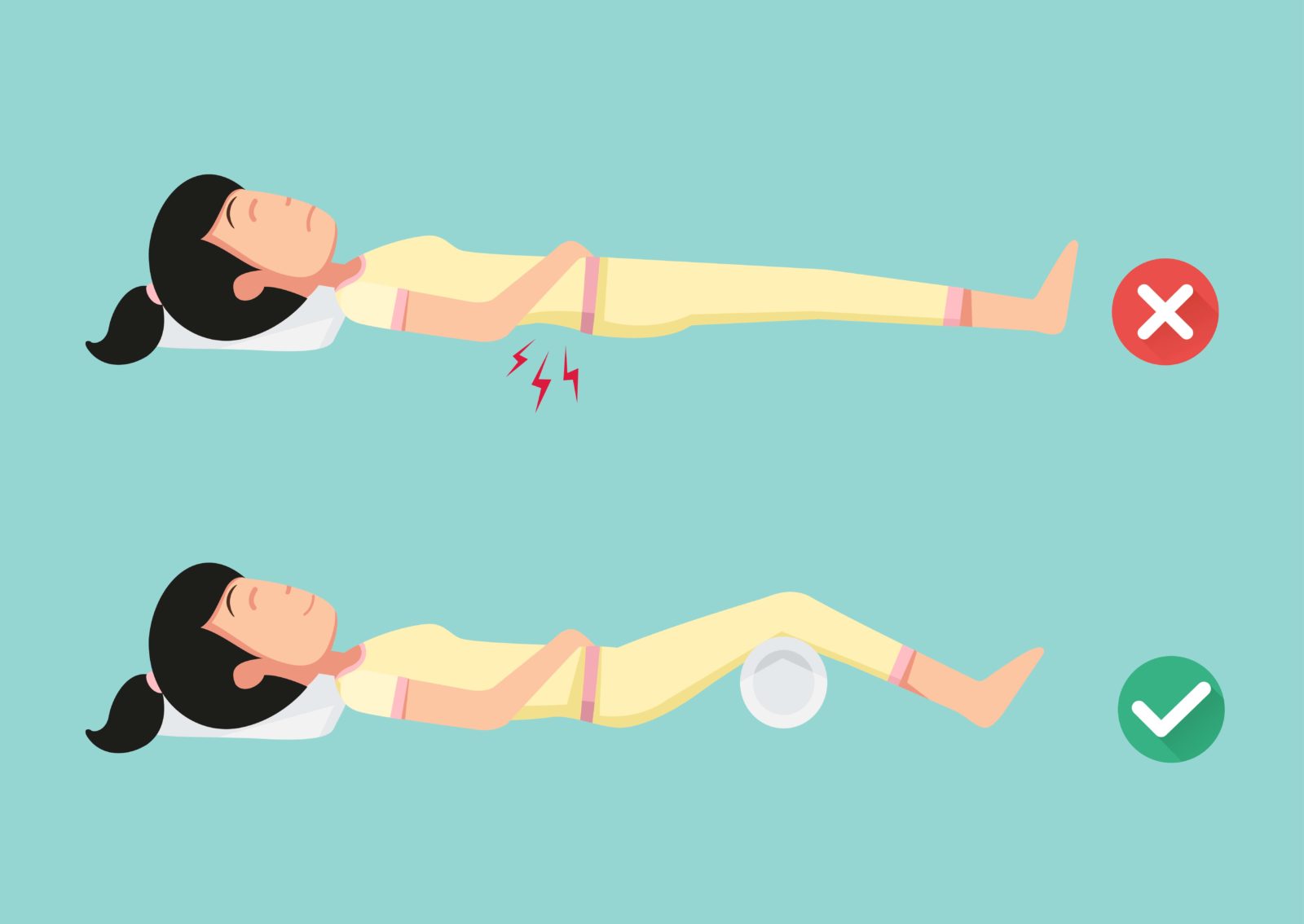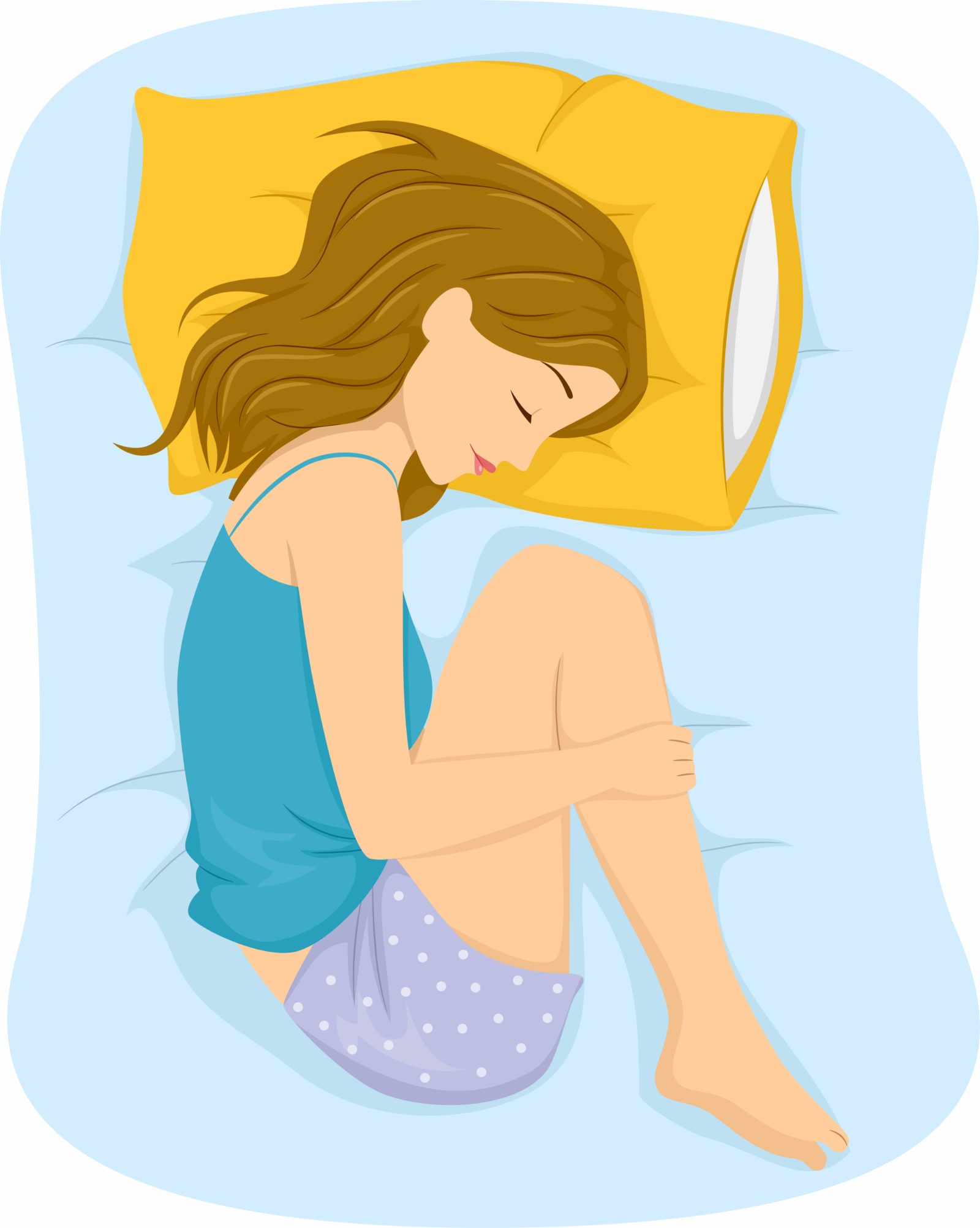When you have back pain, doing anything becomes a challenge. Even seemingly basic activities, like sleeping, can cause your pain to flare up. Unfortunately when this happens, your back problems quickly turn into back AND sleep problems. Luckily, there are ways that you can minimize your back pain while maximizing the quality of your sleep.
One main way to reduce lower back pain is to practice good posture, even when sleeping. This is because the position you sleep in has the potential to make your lower back pain better or worse. Generally speaking, positions that place pressure on your neck, hips, and back can increase pain, while positions that alleviate these pressure points can decrease pain.
While they won’t cure your back pain, certain sleeping positions can help alleviate pressure in certain areas to make you more comfortable and allow you to get a good night’s rest. In some cases lower back pain can even stem from poor bed posture, so correcting your sleeping position can help to reduce back pain when you are awake. Here are some of the best sleeping positions for lower back pain:
On your back with a pillow

Although this may seem counterintuitive, some people are just more comfortable sleeping on their back. If you are one of those people, then you need to make a few adjustments so that your spine is in a more optimal position. Laying flat on your back and placing a pillow under your knees helps to maintain the natural curve in your lower back and keep your spine neutral. In some cases, you may even want to add a small pillow or rolled up towel under the small of your back for more support.
On your back in a reclined position

While this position is not ideal for everyone, individuals with isthmic spondylolisthesis may benefit from sleeping in a reclined position. This is because a reclined position creates an angle between your spine and legs that reduces the amount of pressure exerted on your spine. While the best way to accomplish this is by investing in an adjustable bed, some people find that sleeping in recliner chairs works.
On your side with a pillow

If sleeping on your back is uncomfortable no matter what, then you can try laying on your side instead. Whenever possible, it is recommended to alternate the sides you sleep on to prevent muscle imbalances. While laying on your side, it is important to make sure that your shoulder and side make contact with the mattress. In cases where your waist does not contact the mattress, it is recommended to place a small pillow for added support. You should also place a pillow between your knees, since this will keep your hips, pelvis, and spine properly aligned as you sleep.
On your side in the fetal position

Another way to sleep on your side is in the fetal position with your knees towards your chest and your torso curled towards your knees. As mentioned before, it is important to switch sides occasionally to prevent imbalances. This position tends to work well for individuals who have herniated discs because it opens up the spaces between the vertebrae and reduces bending of the spine.










